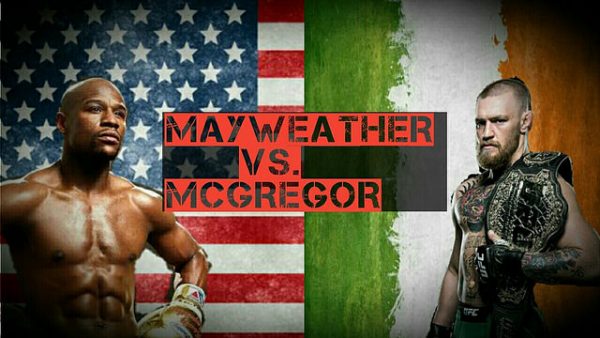
Sports fans and non-sports fans alike gathered in bars and family living rooms to watch the boxing match of the year between Floyd Mayweather Jr. and Conor McGregor last month. In the weeks preceding the match, McGregor, who is white, received widespread criticism for taunting Mayweather with racial slurs such as, “Dance for me, boy” and boasting to black female fans that he is “half black from the bellybutton down.” His slurs fueled racial tensions, leading many fans to support either athlete based upon racial identity, despite Mayweather’s previous allegations of domestic violence. Social science allows us to address the complicated way that race, masculinity, and sexuality collide in sports culture.
Race and sexuality also influence male performances of masculinity within sports. Ben Carrington argues that male dominance in early organized sports relied on presumptions of white superiority and black male emasculation. Consequently, black men have traditionally used sport to assert masculinity, resist racism, and advocate for civil rights.
- Ben Carrington. 1998. “Sport, Masculinity, and Black Cultural Resistance.” Journal of Sport and Social Issues 22(3): 375-298.
- Douglas Hartmann. 2003. Race, Culture, and the Revolt of the Black Athlete. Chicago, IL: University of Chicago Press
Gay male athletes often encounter a sports culture that thrives on homophobia. Athletes are expected to act like ‘real men,’ which not only involves physical aggression, but also a sexual desire for the opposite sex. While gay athletes may not always face verbal or physical harassment from coaches and team members, many feel pressure to remain silent about their sexuality. Teammates, spectators, and coaches often still use homophobic language to criticize heterosexual athletes. Interviews with several gay athletes, however, suggest that teammates and coaches are more accepting of gay identities in recent years.
- Eric Anderson. 2002. “Openly Gay Athletes: Contesting Hegemonic Masculinity in a Homophobic Environment.” Gender & Society 16(6): 860-877.
- Eric Anderson. 2011. “Updating the Outcome: Gay Athletes, Straight Teams, and Coming out in Educationally Based Sport Teams.” Gender & Society 25(2): 250-268.

Comments